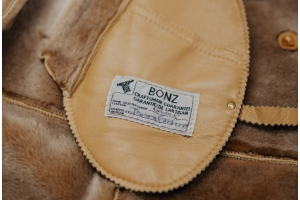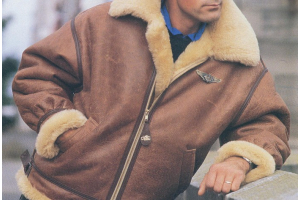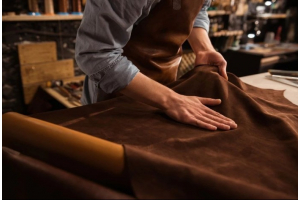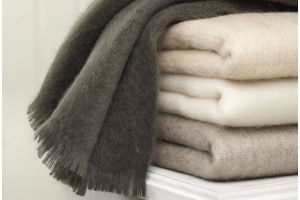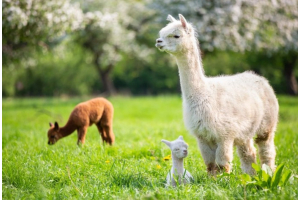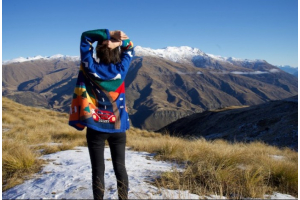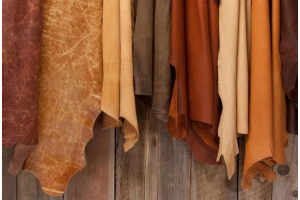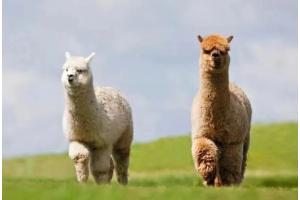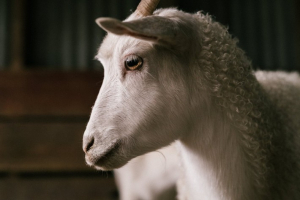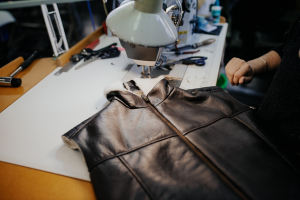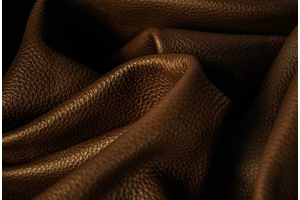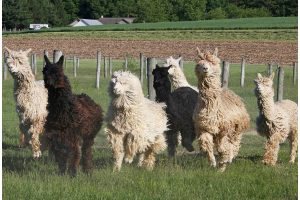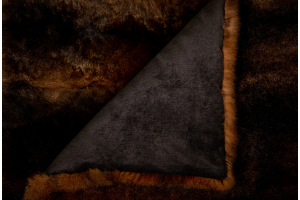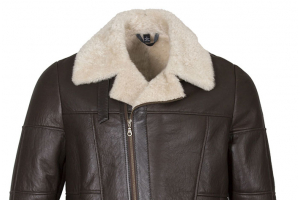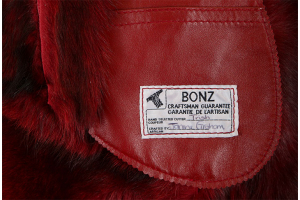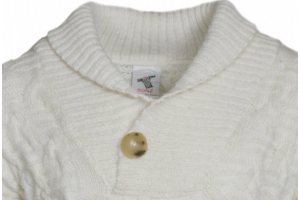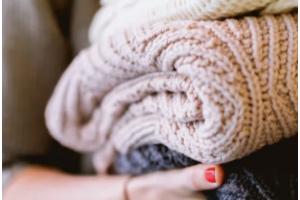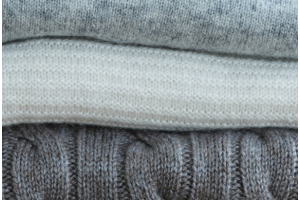We use cookies to ensure that we give the best experience on our website. Click here for more information
Craftsmanship in Aotearoa
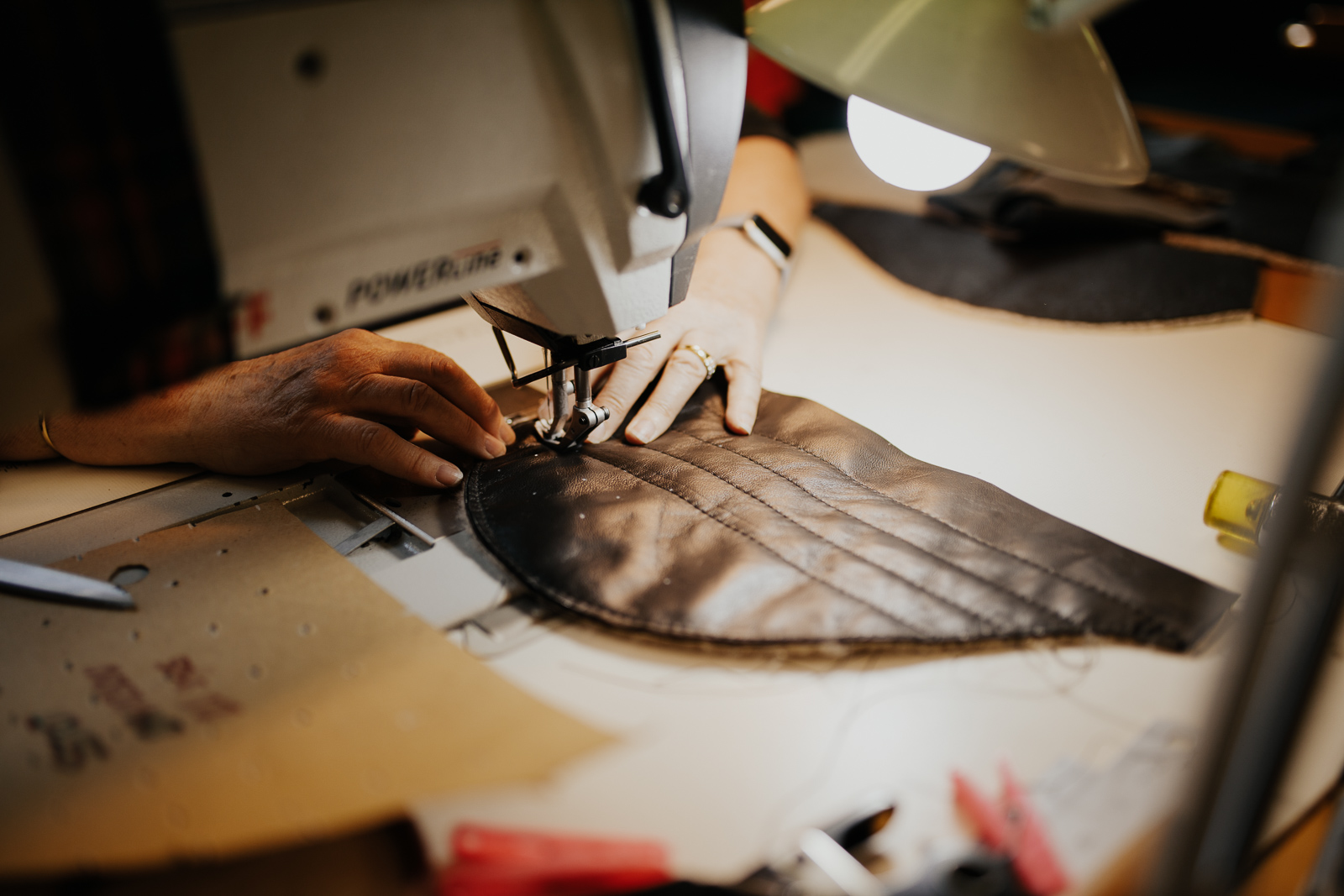
New Zealand, Aotearoa, or the land of the long white cloud, has a history steeped in craftsmanship and quality. From the indigenous Maori to our European settlers, people living off our far flung islands have used scarcely available materials to create goods that are both durable and functional, yet imbue cultural design elements and individuality. This ethos has been carried forward through generations, with our small island nation now globally recognised for quality, design and sustainable production.
Handcrafting BONZ pieces isn’t simply a job for our artisans. It’s their passion, their identity, and their purpose. For most, the skills of leather, knit and weave are tradition and heritage, passed down generations upon generations. BONZ merely acts as a conduit for their unique skillset, and we are proud to present their passion on a global stage.
Our commitment to unparalleled quality and the ethical treatment of animals is the foundation for BONZ. From our family run headquarters in the spectacular Queenstown, New Zealand, we regularly to visit our woollen mills, farmers and hunters across New Zealand, hand selecting the raw fibre, furs and hides that form our collections. While the suppliers must be accredited by various New Zealand ethical regulatory bodies, we also undertake our own inspections.
We regularly to visit our woollen mills, farmers and hunters across New Zealand, hand selecting the raw fibre, furs and hides that form our collections
We design around availability of local materials, adapting our collections to cater to the supply from our farmers. The unique slink lambskin for instance is far from an abundant resource, with warmer spring weather resulting in very few, if any, lambskin for our annual production (the die naturally from sprint storms). Fewer slink lambskins is usually offset by a greater volume of merino wool fibre coming to market at the end of summer – our collection for the following year will therefore likely have more knitwear and woven fabric pieces.
Our production team travels to the far corners of the world to find the most advanced and cutting edge technical equipment that can assist our artisans in attaining perfection, and minimising waste. From German walking foot sewing machines to Japanese whole garment knitting machines and American button hole machines, our factory is a melting pot of modern global production technology at the bottom of the world. Adversely, we also still have in service equipment that was built long before any of our staff were born, as many craft techniques that provide premium quality and longevity in a product have been forgotten in the global pursuit of revenue, fast fashion and specialisation. Some of machining team even prefer to work from Pfaff sewing machines design and build in the 1940’s over the modern equivalent as they believe the stitch quality cannot not be beaten.
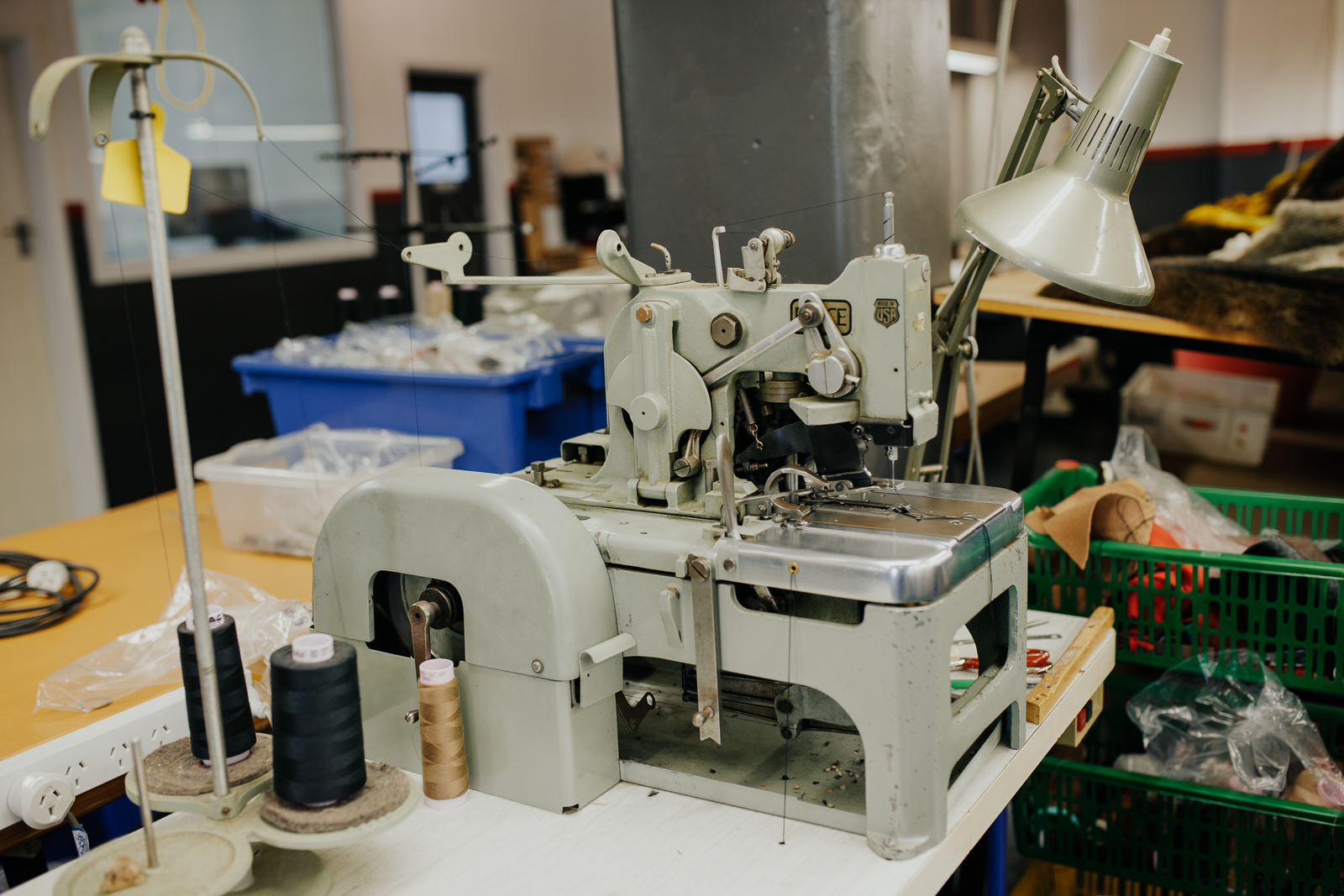
From German walking foot sewing machines to Japanese whole garment knitting machines and American button hole machines, our factory is a melting pot of modern global production technology at the bottom of the world.
Our factory building even represents of piece of New Zealand’s fashion history. From the 1880’s through to1948 there was a business operating from our building under the name Empire Freight Forwarding. The building at the time was broken up into a number of small rooms, where traders from all corners the globe would rent space short term and sell their raw materials to New Zealand craftspeople; wool from Scotland, silk from China, mink from Scandinavia, Beaver from the USA, and cotton from India would have been amongst the goods traded. Invercargill was then New Zealand’s largest commercial port, and housed some of the first locations for now household recognised New Zealand companies, including Bank of New Zealand and Briscoes. Now long away from the factory due to considerable earthworks, the port was then only meters from the building entrance, making for efficient unloading from the large sail driven cargo boats.


